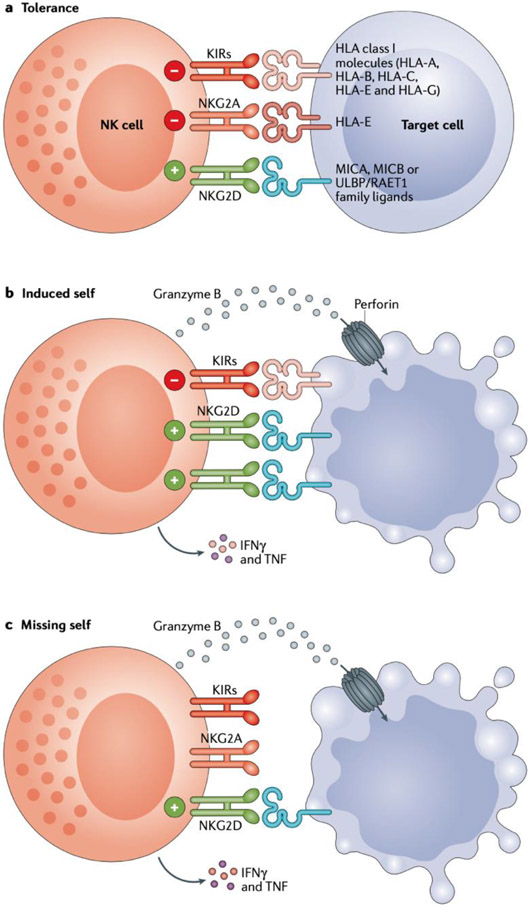Fig. 1 ∣. NK cells respond to virally infected and transformed cells via balancing signals.
Natural killer (NK) cells express a variety of receptors with activatory or inhibitory functions (or both), and the balance of signalling inputs through these receptors dictates tolerance of or activation of cytotoxicity against the target cells. a ∣ When the overall level of inhibitory receptor signalling outweighs activating receptor signalling, NK cell activation is thwarted, resulting in tolerance of the signal-inducing cell. b ∣ Upon viral infection or transformation, cells typically upregulate stimulatory ligands for NK cell activating receptors such as NKG2D, with the resultant interactions inducing a level of activatory signalling that surpasses that of constitutive signalling through inhibitory receptors (such as killer immunoglobulin-like receptors (KIRs) and NKG2A), which activates NK cell cytokine release and cytotoxicity against the target cell. This scenario is referred to as the ‘induced-self’ response. c ∣ When class I MHC ligands of NK cell inhibitory receptors are downregulated, which commonly occurs in tumour cells, the loss of inhibitory signals and the resulting unabated positive signalling also leads to NK cell activation. This phenomenon is referred to as the ‘missing-self’ response.

